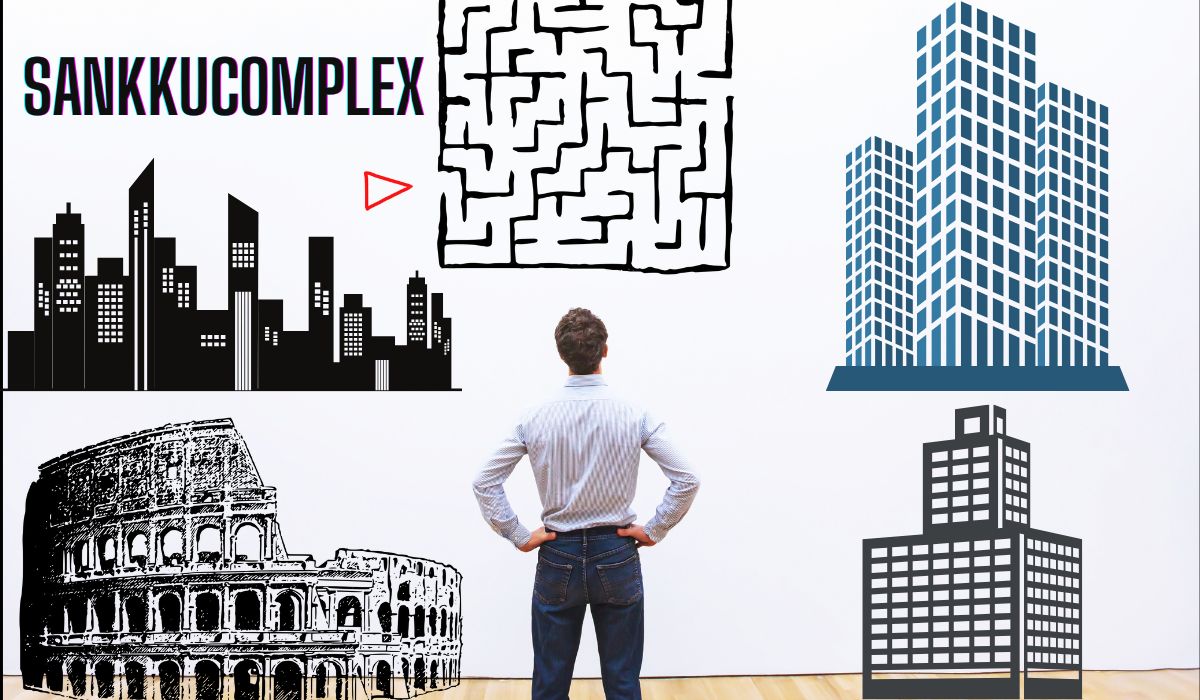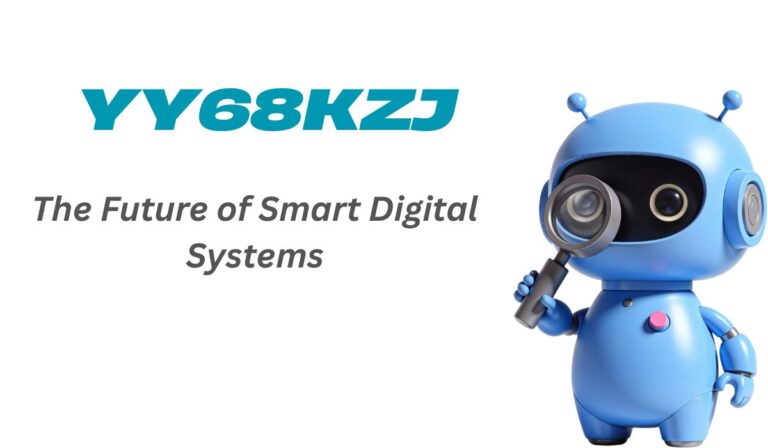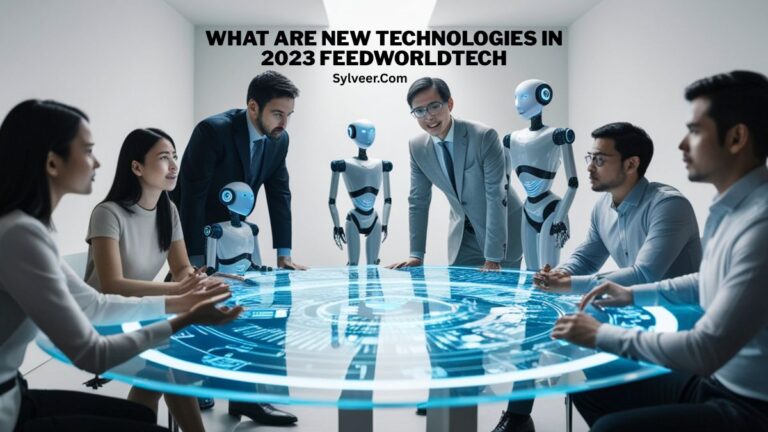
Overview
Sankkucomplex is a forward-thinking concept designed to redefine how multifunctional spaces are created, used, and evolved. The name “Sankkucomplex” combines two ideas: Sankku, symbolising unity and purpose-driven design, and complex, representing the layered, multi-dimensional nature of the structure or system. Whether used in architectural development, digital ecosystems, or organisational structures, Sankkucomplex revolves around harmony, adaptability, and high-efficiency integration.
Key Features of Sankkucomplex
- Modular Architecture
- Sankkucomplex promotes a modular design approach, allowing independent sections or units to be developed, upgraded, or replaced without disrupting the entire structure.
- Multi-Functional Zones
- Every space or element within a Sankkucomplex serves more than one purpose. For example, a community hall may double as a learning centre or a coworking space.
- Sustainable Integration
- Sustainability lies at the core of its philosophy. The design promotes the use of green materials, renewable energy, and waste reduction systems.
- Smart Systems Enabled
- The concept often incorporates intelligent systems, such as automation, sensors, and real-time monitoring, to ensure peak performance and minimal maintenance.
- User-Centric Design
- Sankkucomplex values human interaction and comfort. Each feature is designed with user needs, experience, and accessibility in mind.
- Adaptive Infrastructure
- It adapts to social, economic, and environmental changes. The space can evolve without requiring complete overhauls.
Uses of Sankkucomplex
- Urban Development
- Sankkucomplexes are ideal for densely populated cities where space, energy, and resources need to be used efficiently.
- Corporate Campuses
- Companies utilise this model to design integrated office campuses that incorporate workspaces, wellness areas, dining facilities, and recreational zones.
- Educational Institutions
- Schools and universities benefit from the multi-purpose layout, where lecture halls, libraries, labs, and activity areas coexist in synergy.
- Healthcare Hubs
- Hospitals and clinics that follow the Sankkucomplex model combine treatment areas, recovery spaces, administrative offices, and wellness centres in one cohesive setup.
- Tech Parks and Start-up Villages
- Ideal for innovation districts, offering collaborative environments that promote invention and growth.
Benefits of Sankkucomplex
- Efficiency in Resource Use
- Its integrated design reduces redundancy and promotes optimal use of space, energy, and manpower.
- Long-Term Cost Saving
- Though the initial setup may be comprehensive, the long-term maintenance and operational costs are significantly reduced.
- Flexibility and Scalability
- Businesses and communities can expand or restructure easily within the same system, avoiding costly relocations or rebuilds.
- Enhanced User Experience
- With comfort, accessibility, and functionality built into the design, users naturally experience increased productivity and satisfaction.
- Environmental Harmony
- Its sustainable features align well with modern ecological standards, making it a responsible choice for future-forward planning.
Conclusion
Sankkucomplex is not just a structure or a system—it’s a strategic approach to integrated development. It reflects the need for flexible, intelligent, and sustainable design in a rapidly evolving world. Whether you’re planning a physical space or a digital infrastructure, embracing the Sankkucomplex philosophy can lead to more brilliant, more resilient outcomes.
FAQs
Q1: What is Sankkucomplex?
A: Sankkucomplex is a modern, integrated concept focused on multi-functional design, modular development, and sustainability. It can be applied to physical infrastructure (like buildings or campuses) or digital/organisational systems that require scalability and user-centric efficiency.
Q2: Is Sankkucomplex a type of building?
A: Not necessarily. While it can describe physical structures like smart campuses or urban hubs, Sankkucomplex is more of a conceptual framework that emphasises interconnectedness, adaptability, and optimised resource use.
Q3: What makes Sankkucomplex different from traditional complexes?
A: Traditional complexes often separate functions (work, leisure, education) into isolated zones. Sankkucomplex integrates these functions, promoting collaboration, flexibility, and efficient use of shared resources.
Q4: Can Sankkucomplex be used in rural or small-scale settings?
A: Yes. The scalable and modular nature of Sankkucomplex makes it suitable for both rural and urban applications. It can support small community centres or significant urban developments alike.
Q5: Is the Sankkucomplex concept only for architecture?
A: No. While architecture is a significant application, Sankkucomplex can also be used in system design, digital ecosystems, tech infrastructures, or organisational workflows that benefit from integration and adaptability.
Q6: What industries can benefit most from Sankkucomplex?
A: Industries like urban planning, education, healthcare, technology, real estate, and manufacturing can all benefit from adopting the Sankkucomplex model for their developments and operations.
Q7: Is it expensive to build or implement a Sankkucomplex?
A: The initial planning and setup might require investment, but the long-term benefits—such as reduced operating costs, improved energy efficiency, and flexible growth—often outweigh the upfront costs.
Q8: How does Sankkucomplex support sustainability?
A: Sankkucomplex promotes eco-friendly materials, intelligent systems for energy and waste management, and designs that reduce environmental impact over the long term.
Q9: Can existing spaces be transformed into Sankkucomplex-style environments?
A: Yes. One of the key strengths of Sankkucomplex is its adaptability. Existing structures can be retrofitted or restructured to follow their integrated and modular design principles.
Q10: Who can help design a Sankkucomplex?
A: Architects, planners, system designers, and developers familiar with modular and sustainable development principles can help bring a Sankkucomplex vision to life.




